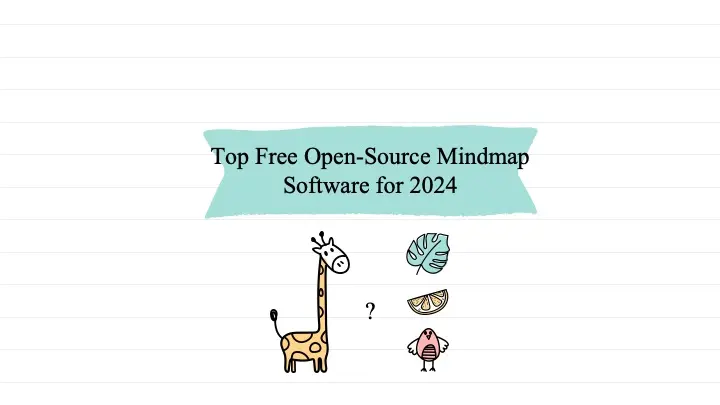
Top Free Open-Source Mindmap Software for 2024
Explore the top free open-source mind map software for 2024, offering powerful tools to visualize and organize your ideas without cost.
Researcher @ University of Cambridge
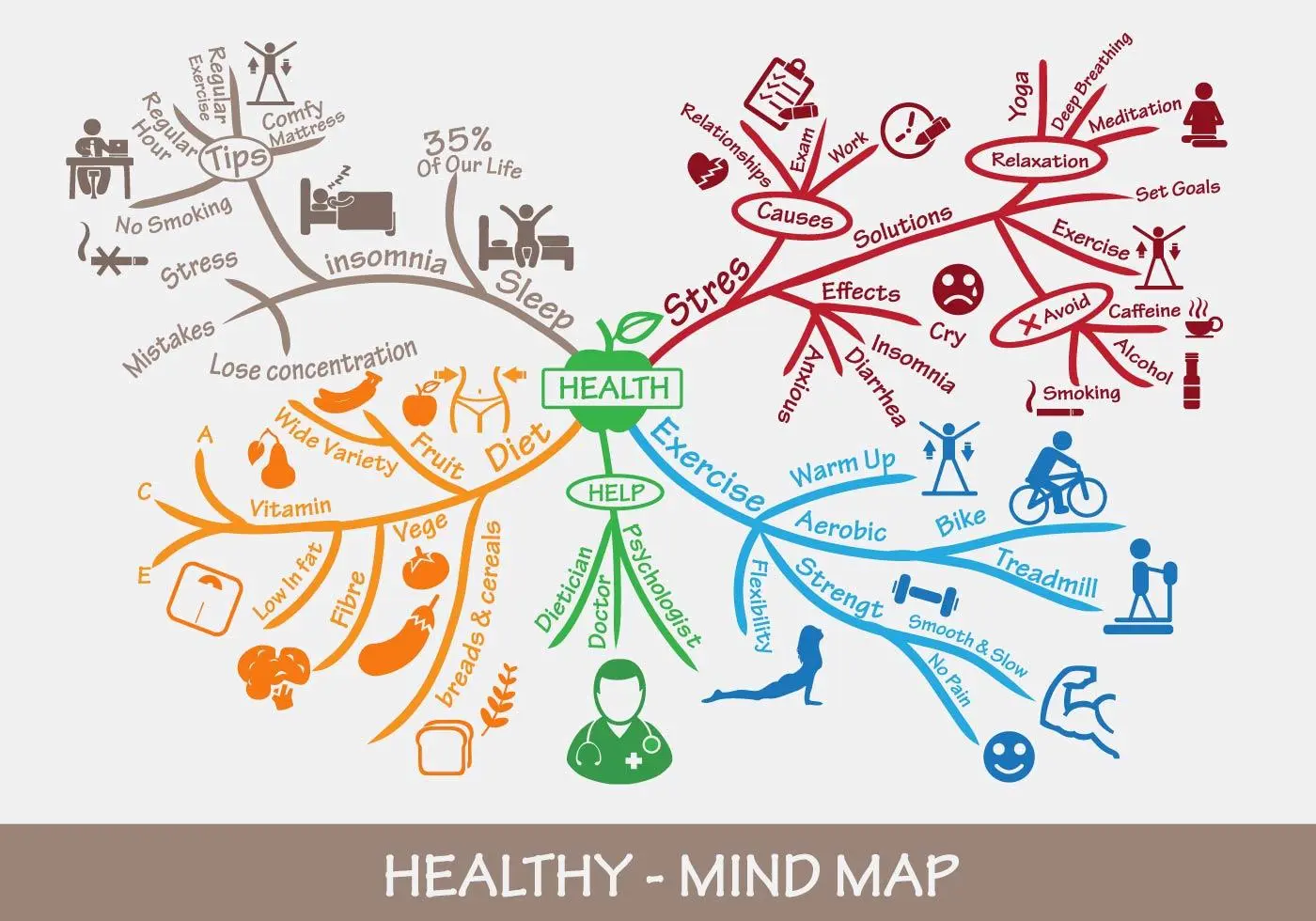
Tree mind maps offer a powerful visual tool for organizing information. These maps structure data hierarchically, starting with a central topic and branching out to subtopics. The popularity of mind mapping techniques has surged due to their effectiveness. Studies show that mind mapping can boost retention by 10-15%. Productivity can increase by an average of 23%. This blog aims to explore the benefits of tree mind maps in detail.
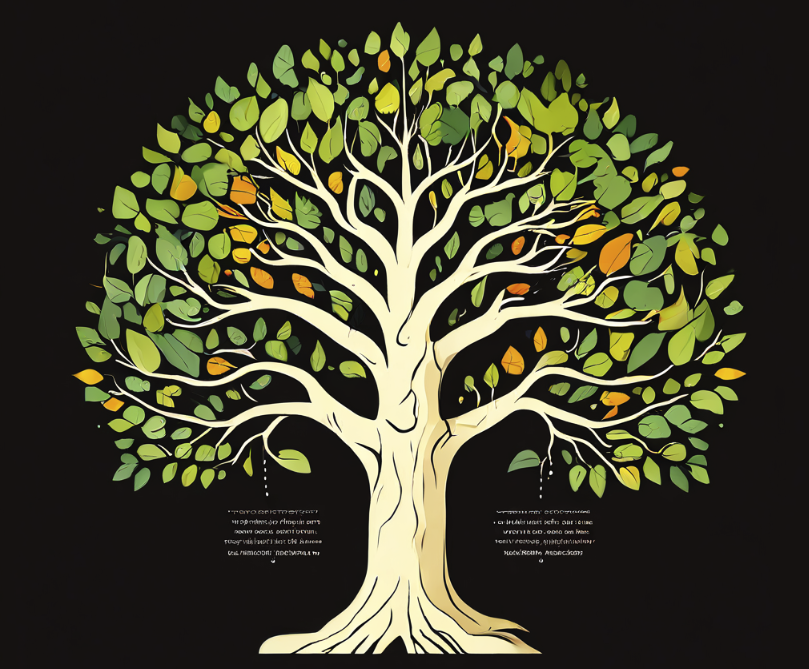
Image Source: pexels
A tree mind map organizes information visually. The structure resembles a tree, with a central topic at the root. Branches extend outward to represent subtopics and related ideas. This hierarchical format makes complex information easier to digest.
Tree mind maps consist of several key components:
Mind mapping originated from the work of Tony Buzan in the 1970s. Buzan aimed to create a more effective way to organize thoughts and information. His method focused on using visual elements and keywords to improve memory and creativity.
Over time, mind mapping evolved into various forms, including tree mind maps. Tree mind maps maintain the hierarchical structure of traditional mind maps. However, they organize data into rows and columns, with the central topic displayed at the top. This format allows for a clear hierarchy of tasks and ideas.
Tree mind maps enhance memory retention by leveraging visual learning. Studies show that mind mapping can boost retention by 10-15%. The hierarchical structure of a tree mind map helps organize information in a way that makes it easier to remember. Visual elements such as colors, images, and symbols further aid in memory retention. These elements create mental associations that help recall information more effectively.
Tree mind maps promote associative thinking. This technique connects new information to existing knowledge. By visually linking related ideas, tree mind maps make it easier to see relationships between concepts. This method enhances understanding and aids in the retention of complex information. Associative thinking also helps in making connections that might not be obvious through linear note-taking methods.
Tree mind maps are excellent tools for generating ideas. The branching structure encourages free-flowing thought processes. Users can start with a central idea and expand into various subtopics. This format allows for the exploration of multiple avenues without feeling constrained. The visual nature of tree mind maps also helps in organizing thoughts, making it easier to identify patterns and connections.
Tree mind maps help overcome creative blocks. When faced with a challenge, the visual layout of a tree mind map can provide a fresh perspective. By breaking down a problem into smaller, manageable parts, users can tackle each aspect individually. This approach reduces the feeling of being overwhelmed. The use of colors and images can also stimulate the brain, making it easier to think creatively and find solutions.
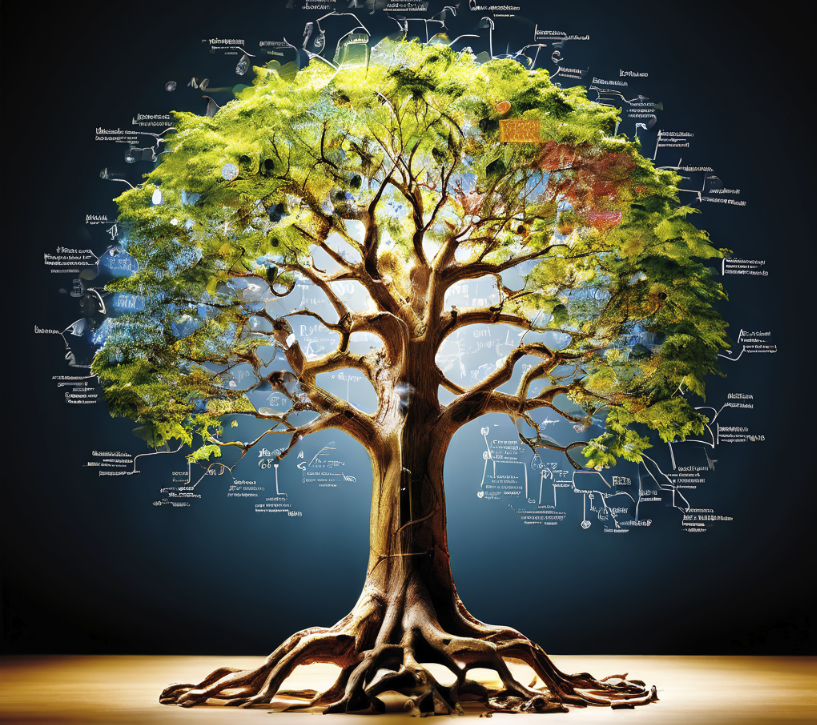
Image Source: pexels
Tree mind maps serve as an excellent tool for note-taking and studying. Students can start with a central topic and branch out to subtopics, creating a visual representation of the material. This method helps in organizing information logically, making it easier to understand and remember. Research studies show that using tree mind maps during prewriting stages enhances comprehension and retention. Visual elements such as colors and images can further aid in memory retention by creating mental associations.
Teachers can use tree mind maps to create engaging and interactive lessons. By presenting information in a hierarchical structure, educators can help students grasp complex concepts more easily. Tree mind maps can also be used to outline presentations, ensuring that all key points are covered systematically. The visual nature of tree mind maps makes them an effective tool for explaining relationships between different ideas, enhancing overall understanding.
Tree mind maps are invaluable in project planning and management. Project managers can start with the main project goal at the center and branch out to various tasks and sub-tasks. This hierarchical structure allows for a clear visualization of the project’s scope and sequence of activities. Tree mind maps help in identifying dependencies and prioritizing tasks, making project execution more efficient. The visual layout also aids in tracking progress and making adjustments as needed.
Tree mind maps facilitate effective brainstorming sessions. Teams can start with a central problem or objective and branch out to potential solutions and related ideas. This method encourages free-flowing thought processes and helps in generating a wide range of ideas. The hierarchical structure of tree mind maps allows for easy categorization and organization of thoughts, making it simpler to identify patterns and connections. This approach not only boosts creativity but also enhances collaborative efforts by providing a clear visual representation of the brainstorming outcomes.
Choosing between digital and paper mind maps depends on personal preference and specific needs. Digital tools offer flexibility and ease of editing. Users can quickly rearrange branches and add multimedia elements. Digital mind maps also allow for easy sharing and collaboration. On the other hand, paper mind maps provide a tactile experience. Drawing by hand can enhance creativity and focus. Both methods have unique advantages, so consider the context and purpose when making a choice.
Several software options exist for creating digital tree mind maps. MindNode is a popular choice for Apple users. The app boasts a beautiful design and user-friendly interface. MindNode supports seamless synchronization across devices. Another excellent option is Xmind. This free software serves as a Swiss Army Knife for thinking and creativity. Xmind enables teams to capture ideas on a canvas and organize them into connected pods. Both tools offer robust features to enhance productivity and idea generation.
Begin every tree mind map with a central idea. Place the main topic at the center of the page. This central position serves as the root from which all branches extend. Clearly defining the central idea helps maintain focus throughout the mapping process. Ensure that the central topic is concise and specific.
Incorporate colors and images to make tree mind maps more engaging. Use different colors for various branches to distinguish between topics. Colors can help categorize information and improve visual appeal. Adding images and symbols enhances understanding and recall. Visual elements create mental associations that aid in memory retention. For example, use icons to represent key concepts or themes.
Simplicity and organization are crucial for effective tree mind maps. Avoid cluttering the map with excessive details. Use concise keywords or short phrases to represent ideas. Maintain a clear hierarchy by ensuring that branches flow logically from the central topic. Regularly review and refine the map to keep it organized. An uncluttered tree mind map enhances readability and comprehension.
Tree mind maps offer numerous benefits for organizing information and enhancing creativity. These tools improve memory retention, boost productivity, and simplify complex ideas. Tree mind maps also encourage associative thinking and visual learning.
Creating a tree mind map can be a rewarding experience. Users often find unexpected connections and insights.
Tree mind maps have the potential to transform personal and professional growth. Embrace this technique to unlock new levels of understanding and innovation.

Explore the top free open-source mind map software for 2024, offering powerful tools to visualize and organize your ideas without cost.
Researcher @ University of Cambridge
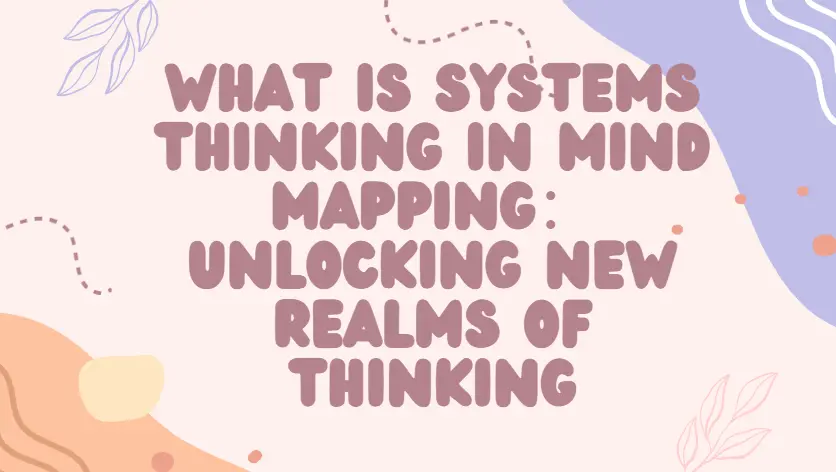
Mind Mapping fosters innovation, and enhances communication. It mirrors the brain's natural thinking process, organizing complex information with radiating branches and associated nodes.
Education Consultant
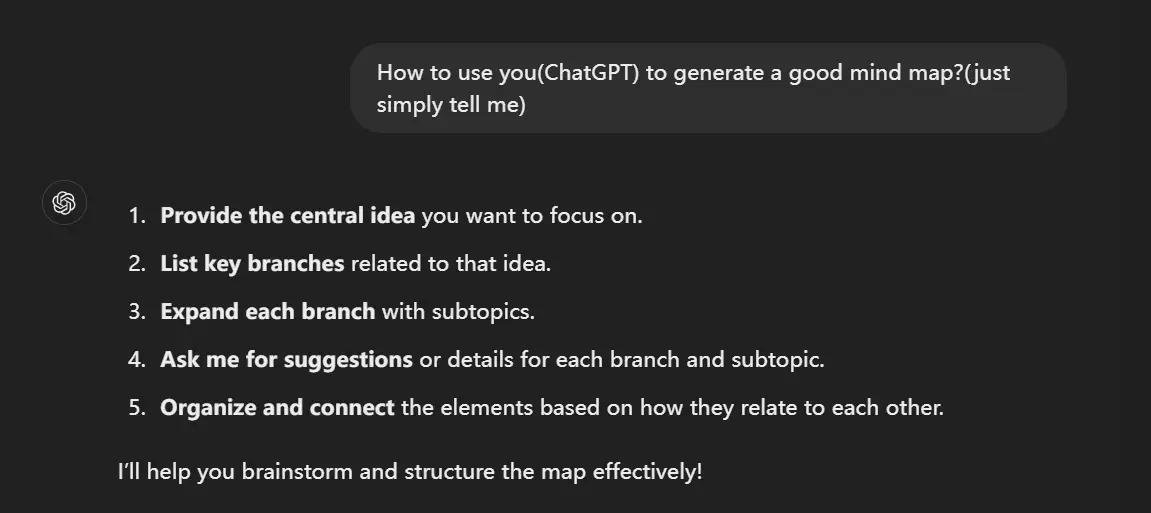
Explore how to use ChatGPT for effective mind mapping in this blog. Discover ChatGPT’s benefits for organizing complex information and learn three detailed mind mapping methods with their pros, cons, and examples. Improve your brainstorming and idea organization skills by leveraging ChatGPT.
Education Consultant